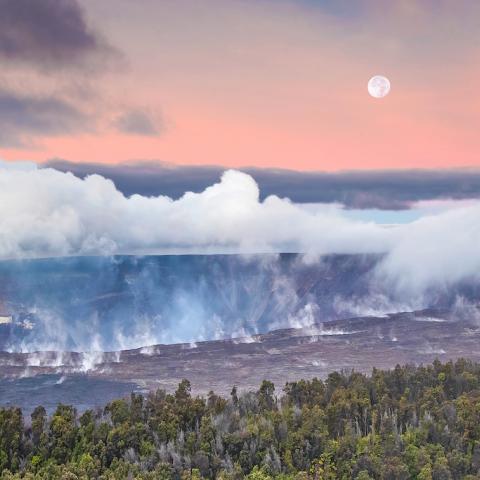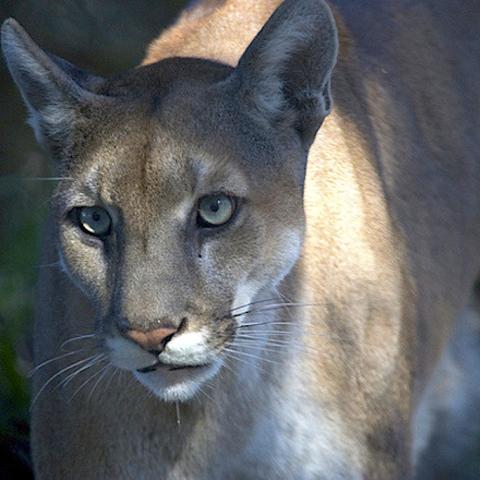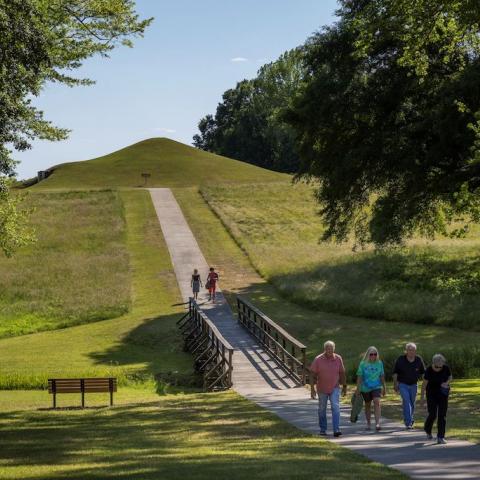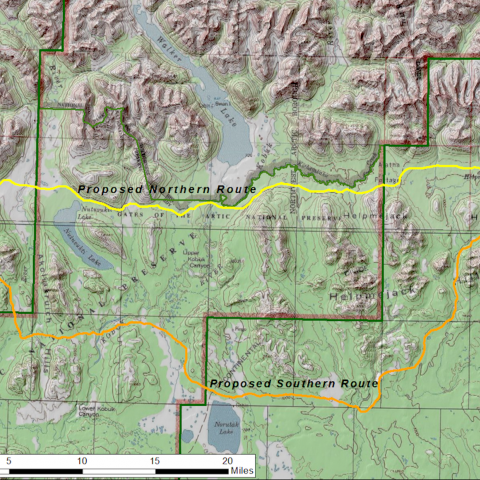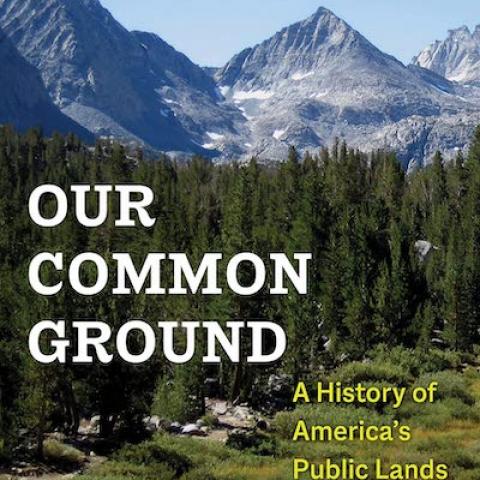Study: Northeast Canyons And Seamounts National Monument Had No Evident Impact On Commercial Fishing

President Obama's designation of Northeast Canyons and Seamounts National Monument in the Atlantic Ocean had little or no impact on commercial fisheries, according to an examination of catches before, during, and after establishment of the monument.



